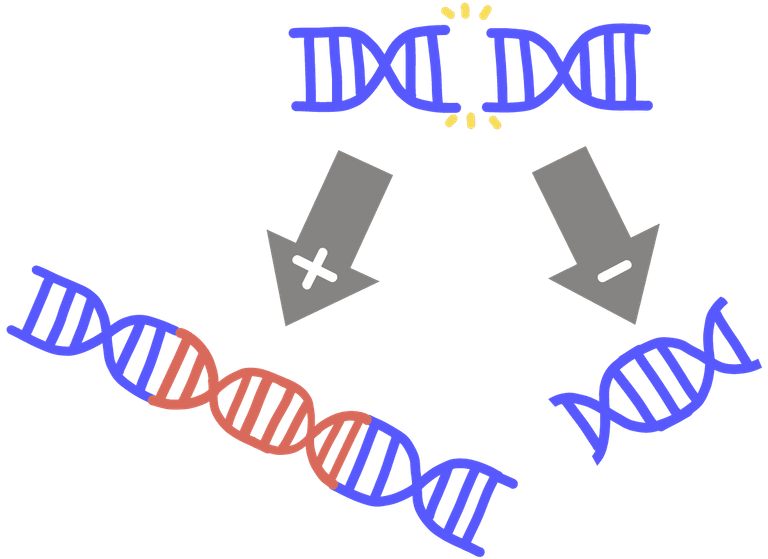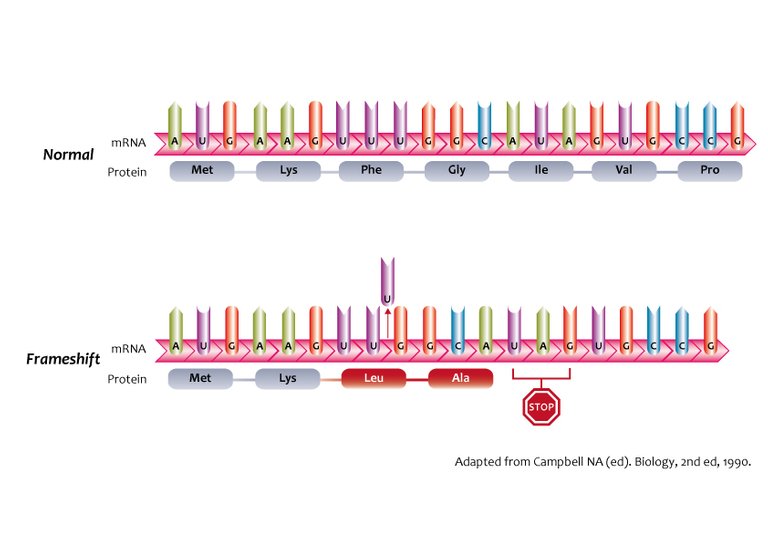Exploring the Mysteries of Genetic Mutations || Disease and Evolutionary Insights
Many of us are familiar with the portrayal of genetic changes in horror or science fiction movies, leading characters to develop extraordinary powers or dangerous traits. While these cinematic depictions touch on the concept of mutation, let's explore what mutation truly is and its significance in biology. While we may not witness individuals with superhuman abilities resulting from mutations, we do encounter cases where mutations lead to life-threatening illnesses. Today, we will delve into the world of mutations to gain a better understanding.

In simple terms, mutation refers to a permanent change in the DNA's nucleotide sequence. When I mention "permanent," I mean that these changes are not typically repaired by cellular mechanisms. Our DNA undergoes regular changes, but the body's repair mechanisms usually correct them. However, in the case of mutations, these changes remain, and subsequent generations of cells inherit them. One prominent example of a mutation in humans is the gene responsible for sickle cell anemia, an inherited blood disorder characterized by abnormal hemoglobin—a protein crucial for carrying oxygen in red blood cells.,
Mutations can occur in two types of cells: somatic cells and germ cells. Mutations in somatic cells can result in abnormal structural or functional properties, such as when a normal cell becomes malignant due to disturbances or alterations in genes regulating cell growth. This uncontrolled proliferation of somatic cells, leading to malignancy, is what we refer to as mutation.
Furthermore, mutations can occur during fetal development, affecting cells like the ectodermal, mesodermal, and endodermal cells. Changes during embryonic development can give rise to congenital defects, which become apparent when the child is born. For instance, if you observe abnormalities in certain regions of an infant's body, it could be an indication of a mutation in the DNA sequence responsible for the normal development of that region. It's important to note that mutations can occur both before and after birth.
Additionally, mutations can arise in germ cells, which encompass the genetic material found in both eggs and sperm. If a man's sperm carries a mutated genetic sequence and successfully fertilizes an egg, the resulting baby will have mutations in all of its body cells. As this baby grows, it can pass this genetic disorder to its offspring. The same applies if there is a mutation in the ovum. While germ cell mutations can be transferred from one generation to the next, somatic cell mutations are not heritable.,

Understanding the genetic code system is crucial to comprehending mutations. DNA replication occurs when DNA is copied to create another DNA strand, while transcription involves the creation of RNA from DNA. Translation occurs when RNA is decoded by transfer RNA, resulting in protein synthesis. To elaborate further, let's discuss the composition of DNA, which consists of Guanine, Cytosine, Adenine, and Thymine. These genetic codes form various triplet combinations, known as codons. Out of the 64 codons, 61 are responsible for coding amino acids, while the remaining three serve as stop codons, indicating the termination of protein synthesis. ,
Mutation can occur as a result of various changes in the structure or number of chromosomes in the genes. These changes can include deletions, duplications, inversions, insertions, and translocations, which lead to chromosomal aberrations. Aneuploidy is another type of chromosomal mutation where there is an abnormal addition or subtraction of chromosomes. One well-known example of aneuploidy is Trisomy 21, which causes Down syndrome, as well as Klinefelter syndrome. Deletion in a chromosome is another type of mutation where one of the chromosomes is missing. This condition can lead to Turner Syndrome, where individuals have a total of 45 chromosomes instead of the usual 46., , ,
Interesting.
I think it is necessary to point out that mutations are not necessarily a bad thing, as portrayed throughout the post:
Most mutations are "neutral" or "silent" and have no effect. There are harmful mutations, certainly, and there are also beneficial mutations (I think they also deserve a whole post). Mutations are one of the main mechanisms of biological evolution and, as such, are important.
In your defense, you included the term "Disease" in the title and this is developed in the post. However, the title also includes the term "evolutionary insights", but you do not develop that idea in the post (words like "evolution" aren't even mentioned once). So it can be misleading, because mutations are quite necessary and even beneficial from an evolutionary point of view.
You made a valid point. I touched the a little bit on the evolutionary aspect when looking at germ cell mutation, but intend to do a very comprehensive study on that in the subsequent post. I want to ensure that I have properly done my findings and research. In this post, I focused on the disease and I am completely glad that you read through the lines. I means a lot.
Thanks for your contribution to the STEMsocial community. Feel free to join us on discord to get to know the rest of us!
Please consider delegating to the @stemsocial account (85% of the curation rewards are returned).
Thanks for including @stemsocial as a beneficiary, which gives you stronger support.